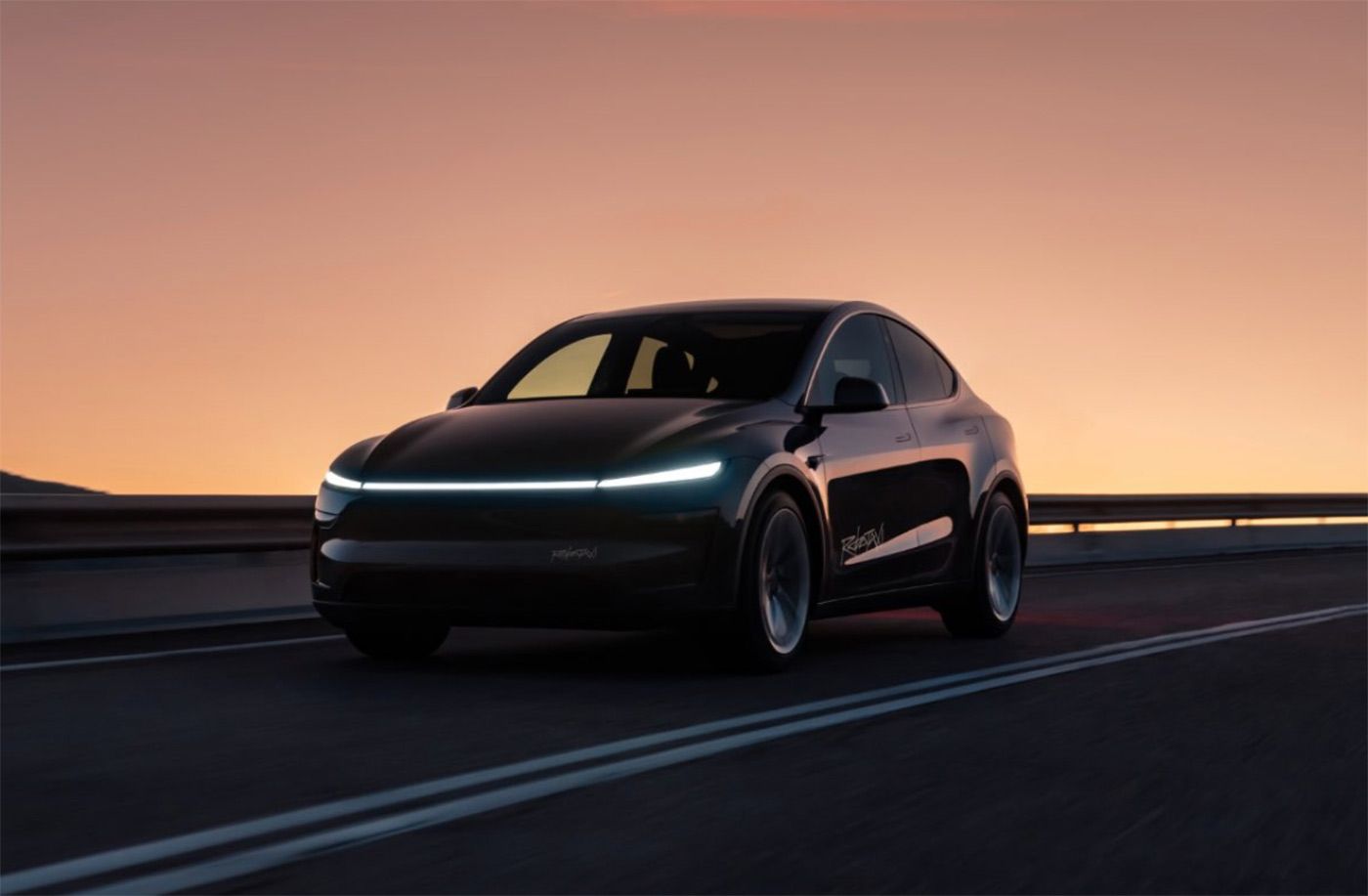Tesla has discreetly launched a new ride-hail service in the San Francisco Bay Area, a move that closely mirrors its ‘Robotaxi’ operations in Austin, Texas, yet conspicuously avoids that contentious term in California. This strategic linguistic sidestep highlights the complex regulatory landscape surrounding autonomous vehicles and raises pertinent questions about Tesla’s approach to expanding its self-driving capabilities in a state known for its stringent oversight.
Despite Elon Musk’s previous social media teasers about Tesla’s Robotaxis arriving in the Bay Area, the official announcement for the current service emphasizes “ride-hail” without any mention of “autonomous” or “self-driving.” This subtle distinction is crucial, as California’s Department of Motor Vehicles has specific permitting requirements for the testing and deployment of truly self-driving taxi services, a hurdle that Tesla has yet to fully clear.
The situation in California stands in stark contrast to Texas, where regulations for autonomous cars are less developed, with stricter rules only set to take effect later this year. This regulatory disparity appears to have allowed Tesla more leeway in Austin, where its Robotaxis operate with safety operators, essentially acting as a testbed for their advanced “full-self-driving” software in a less restrictive environment.
In California, Tesla currently holds a license primarily for “chauffeur” services, implying a human driver at the wheel. This explains the careful branding of the new Bay Area offering as a “ride-hailing” service. However, given Tesla’s known trajectory and the invites likely targeting a select group of dedicated users, observers are questioning whether these vehicles are indeed operating with a significant degree of autonomy behind the scenes, potentially pushing the boundaries of their existing permits.
The memory of Tesla’s prior skirmishes with California regulators, such as the unpermitted deployment of self-driving vehicles in San Francisco back in 2016, looms large. Industry counterparts like Google’s Waymo have adopted a markedly more cautious and gradual strategy, accumulating millions of miles of testing over years before offering passenger services, underscoring the complexities and safety concerns inherent in the deployment of autonomous vehicles.
Experts in the field of self-driving technology have consistently noted the significant challenges and stringent permitting requirements for advanced autonomous vehicle operations in California. Waymo, for instance, despite its extensive testing and a commendable safety record, still operates under geographical restrictions and lacks permits for freeway operations in the Bay Area, illustrating the substantial regulatory hurdles that even seasoned players face.
The rapid timeline previously suggested by Tesla for full regulatory approvals in the Bay Area seemed unrealistic to many given the rigorous process and Waymo’s established lead in logging vast amounts of incident-free autonomous miles. The current “ride-hail” approach could be an interim strategy, but it raises a critical point: how long until an enthusiastic user inadvertently exposes the true nature of the service, potentially drawing the ire of watchful regulators and state officials who are vocal about adherence to safety rules.






Leave a Reply